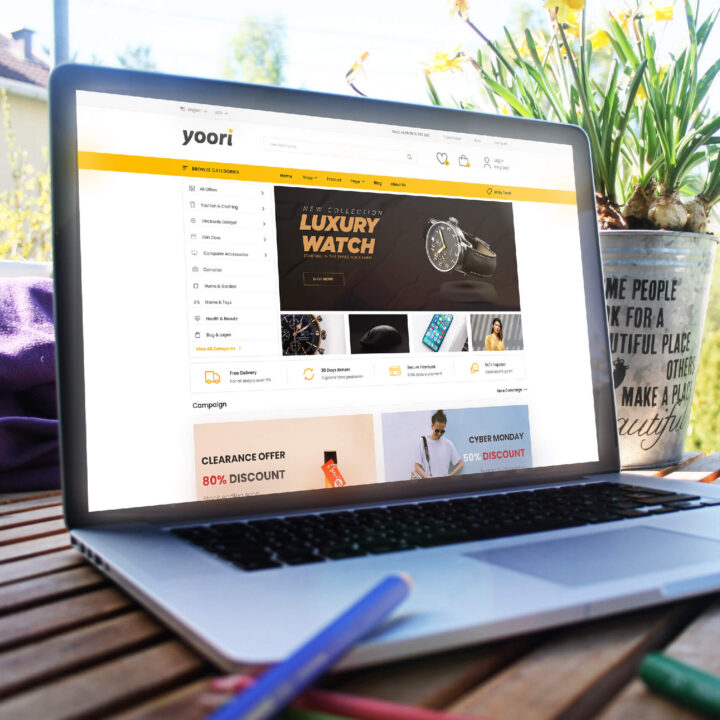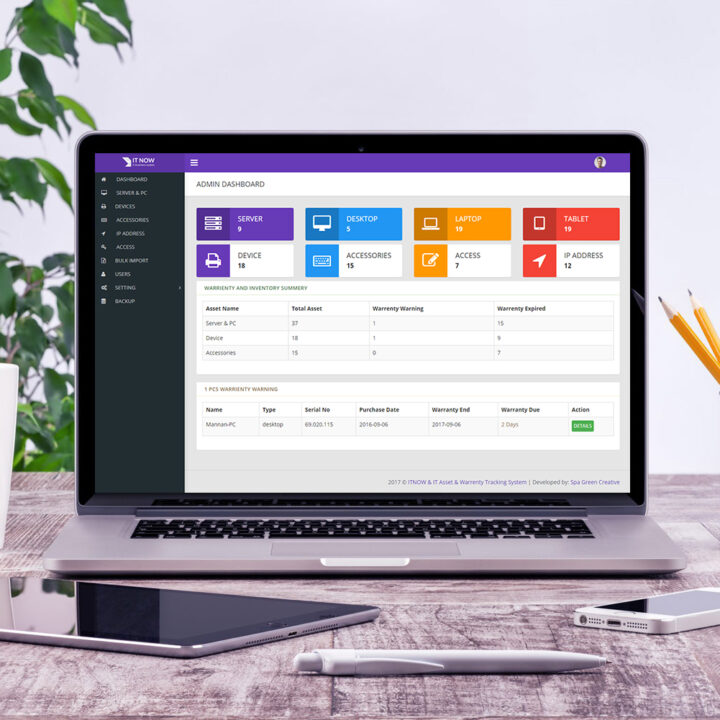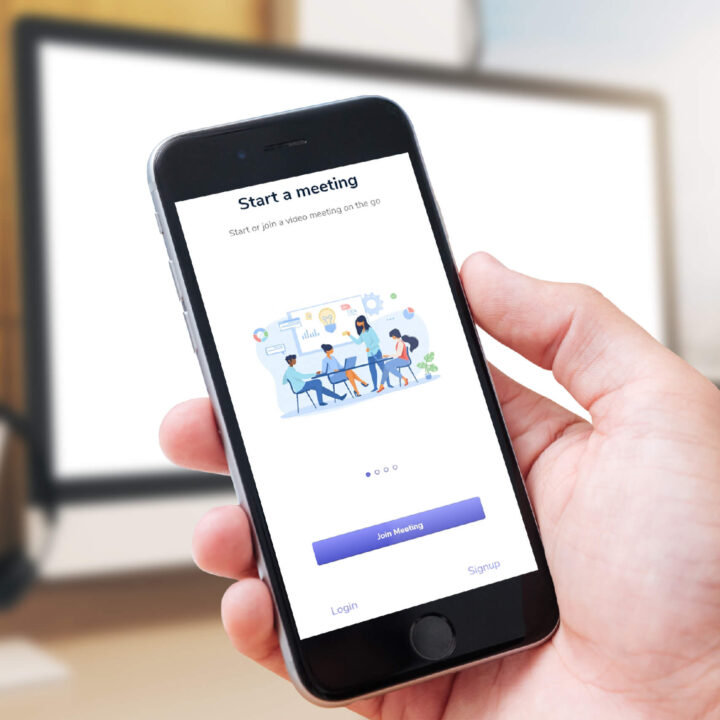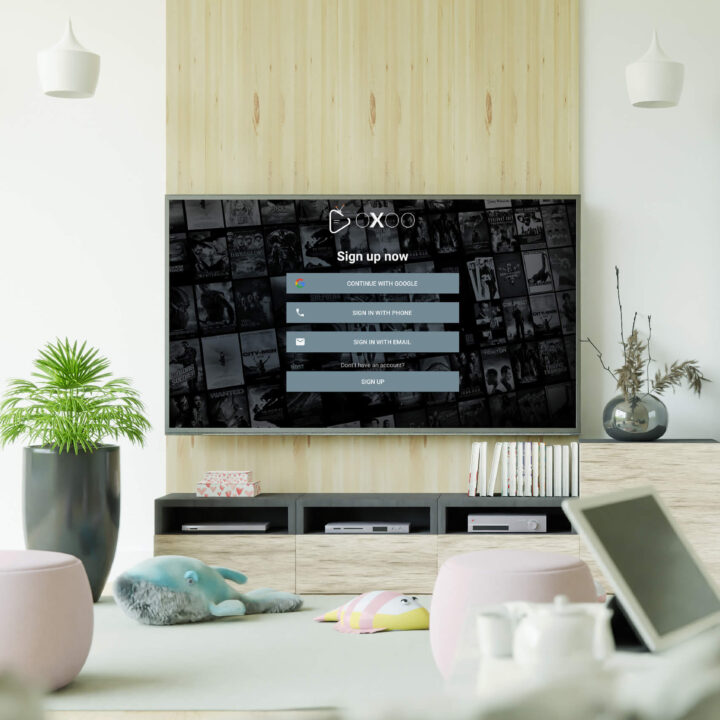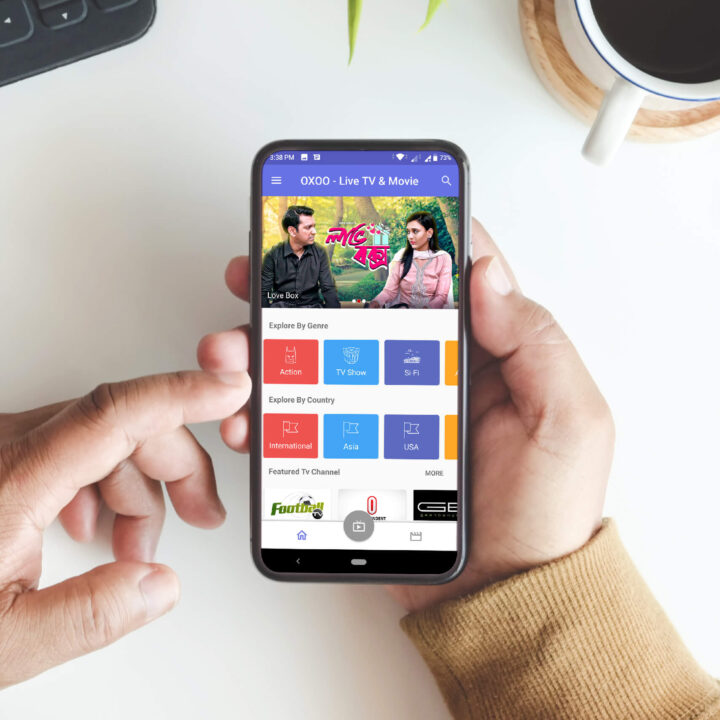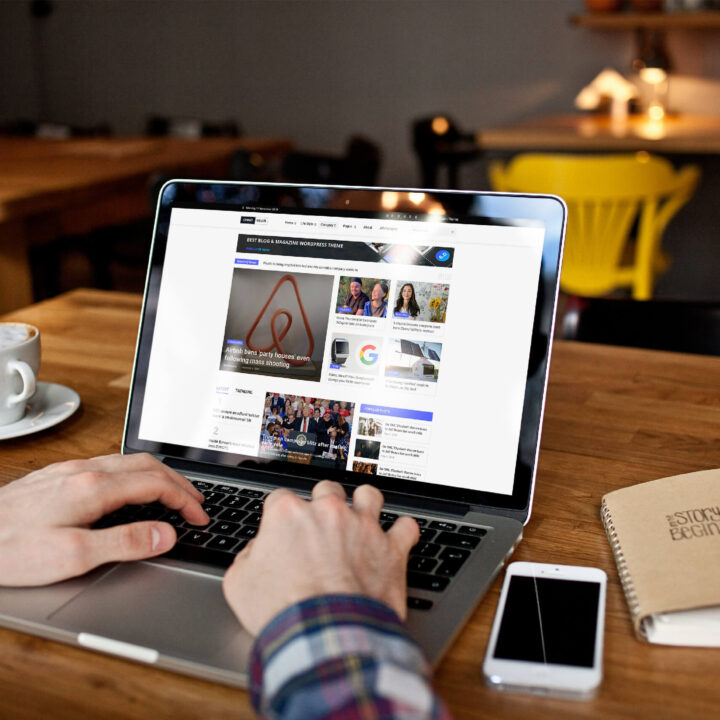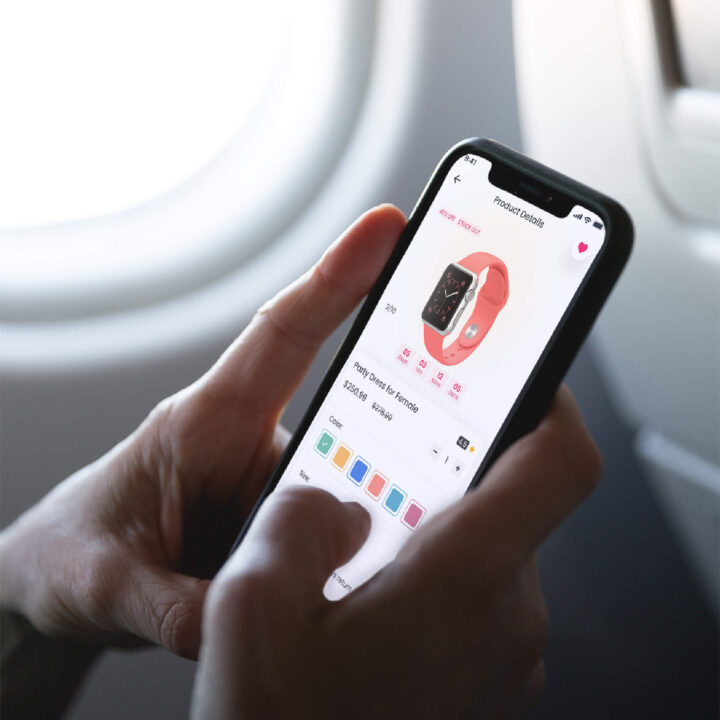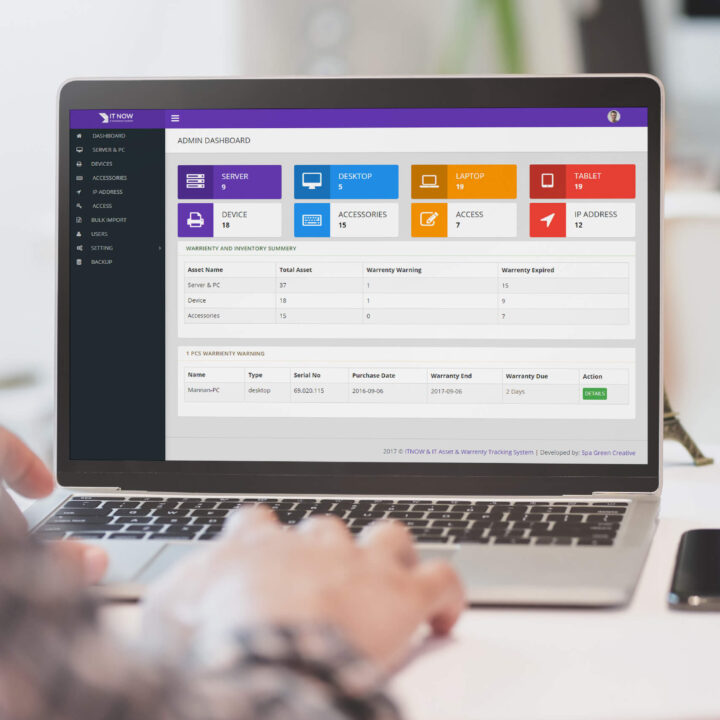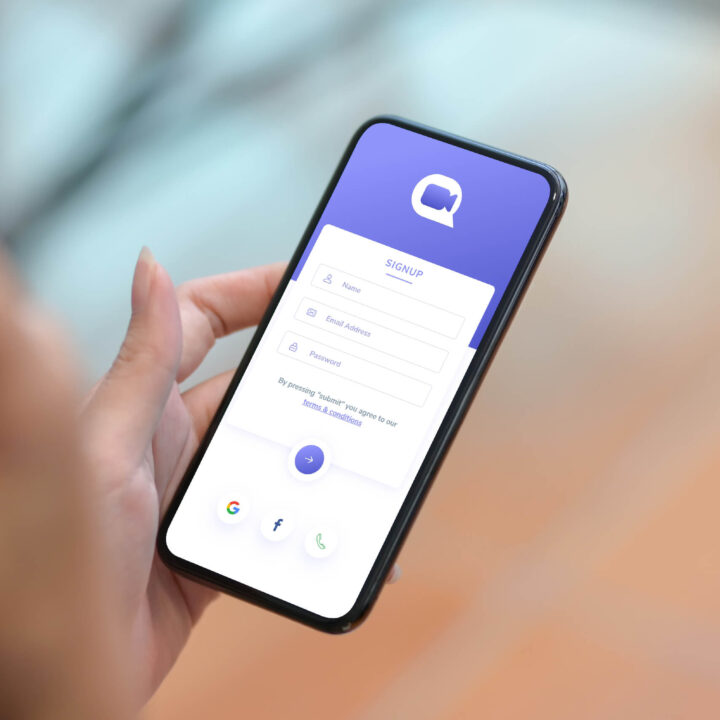Create wonderful user interface with clean experience for your digital products
Beautiful solutions to complex problems
Product Design Stages
Design thinking is essentially a problem-solving approach that prioritizes the user’s needs over product specifications. Design thinking can be integrated into the design process to create better, user-focused products.
01
Empathize
The starting point
In order to build a product that users will love, the designer must first get to know them on an emotional and psychological level. This phase involves observing and engaging with people in order to gain a better understanding of them.
Uncertainty must be set aside in order to gain genuine insights about the user. Here is an introduction to the most important empathy-building techniques.
User Interview
Body & brainstorming
Empathy & customer journey maps
Data gathering
Product workshop
02
Define
Defining the problems
Once you’ve gathered all your findings from the empathise phase and sorted them out, the define phase begins. You will need to define the problem. Your users are encountering difficulties and barriers, and you will gather them.
What patterns do you notice? What is the most significant problem that your team needs to solve? At the end of the define phase, you will have a concrete statement.
03
Ideation
Proper Understanding
The ideation phase is a judgment-free zone! Designers will brainstorm to generate as many original ideas as they can.
Designers may use a variety of ideation techniques, including brainstorming, mindmapping, and bodystorming (roleplaying), in addition to provocation and other lateral-thinking techniques that challenge conventional thoughts and explore new alternatives and opportunities.
Moodboarding
Wireframing
Design sprints
04
Prototype
Experimenting
An prototype is a scaled-down version of the product that combines the discovered solutions from earlier phases. This phase is critical in testing each solution and identifying any disadvantages and constraints.
During the prototyping phase, solution proposals may be improved, redesigned, or rejected based on their performance.
05
Testing
Build Test and Repeat
Though user testing is an important part of the Design Thinking process, it is important to remember that it is not always the last step.
In reality, the information you glean from testing frequently leads you back to an earlier phase, allowing you to redefine your initial problem statement or to come up with new ideas.
Testing
Repeat
Take Your Idea into the Next Level
Our designers specialize in creating user-centric structures that provide simple, intuitive interfaces. These designs help businesses grow by making your brand more powerful than ever before!
Technologies We Work On
Let’s not hesitate to find your queries
Figma
Adobe XD
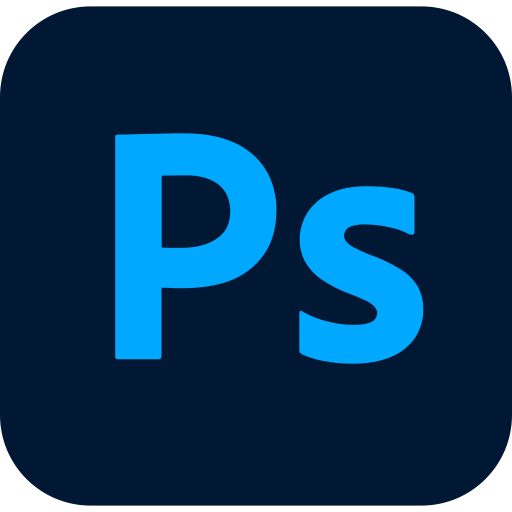
Photoshop
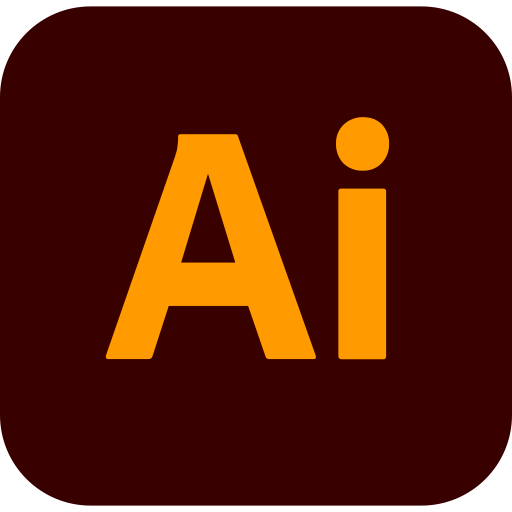
Illustrator
Scratch
Frequently Asked Questions
Find your queries here
What is the difference between UI and UX?
UX and UI Design are the two aspects of digital product development. The user interface design UI (User Interface) describes how users visually perceive a product, whereas the user experience UX (User Experience) describes how users feel when using the product. Although we think of our eyes as seeing a product's buttons and pictures (User Interface), the real question is what users feel when they're using them (User Experience).
What are the tools you use for UI/UX design?
Our team typically use the following:
- User Research - Hotjar, Usabilla
- Design - Adobe XD, Figma, Balsamiq, Invision
- User Testing - Crazyegg, UserTesting.com
- Project Management - Basecamp, Miro, Notion
- Asset Creation - Zeplin
What are the deliverables?
Typically, we deliver( could change based on the requirement):
- User-research report
- UX audit report (if revamping an existing design)
- User persona
- Customer journey maps
- Wireframes
- UI sketches
- Interactive prototypes
What is the timeline for a complete UI/UX design project?
The duration of a design task can differ greatly depending on the scope, budget, and complexity. Small-medium sized projects typically take anywhere from 2 to 3 months, but larger jobs can take greater time.
What are the inputs and data the client needs to provide?
We begin our projects by brainstorming with all of the client's stakeholders. This provides us with important information, so that we can offer precise services.
- Business/organizational goals
- Target audience details
- Product goals
- Expected outcomes and KPIs of the project
- Technical specifications
- Market research data, if any
- Previous user experience audit results if any
- User analytics data, if any
- Business reports
Do you provide support to the application after the product launch?
We will provide support for the following three months after 'User Acceptance Testing (UAT). If the client has signed up for an Annual Support Contract (ASC) with us, we may provide our services at any time during the contract period.


